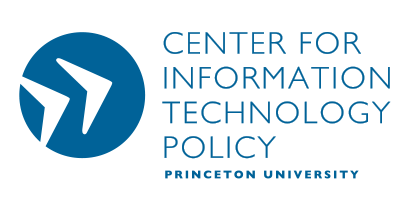When I voted last week in Princeton, New Jersey, here were the choices I faced, all on one “page”: I had to vote in 7 contests, total: for Senator, Congress(wo)man, County board, County board unexpired term, City council, Statewide referendum, School board. Put another way, I had to select 13 choices out of 27 options […]
Archives for 2018
When the optical scanners jam up, what then?
In the November 2018 election, many optical-scan voting machines in New York experienced problems with paper jams, caused by the rainy weather and excessive humidity. Also, this was the first time New York used a 2-page ballot that the voter had to separate at the perforations. This doubled the number of sheets of paper that […]
End-to-End Verifiable Elections
As of 2018, the clear scientific consensus is that Elections should be conducted with human-readable paper ballots. These may be marked by hand or by machine (using a ballot-marking device); they may be counted by hand or by machine (using an optical scanner). Recounts and audits should be conducted by human inspection of the human-readable portion of […]
Cheating with paper ballots
In my previous article, I discussed 10 ways that voting machines could cheat, in ballot-marking, ballot-scanning, and ballot tabulating; and I discussed which of these cheats could be caught and corrected during risk-limiting audits and recounts of the paper ballots. In particular, cheat-methods 1, 2, 5, and 7 will be detected/corrected by audits/recounts; methods 3,4,6,8,9,10 […]
The Third Workshop on Technology and Consumer Protection
Arvind Narayanan and I are pleased to announce that the Workshop on Technology and Consumer Protection (ConPro ’19) will return for a third year! The workshop will once again be co-located with the IEEE Symposium on Security and Privacy, occurring in May 2019. ConPro is a forum for a diverse range of computer science research […]
